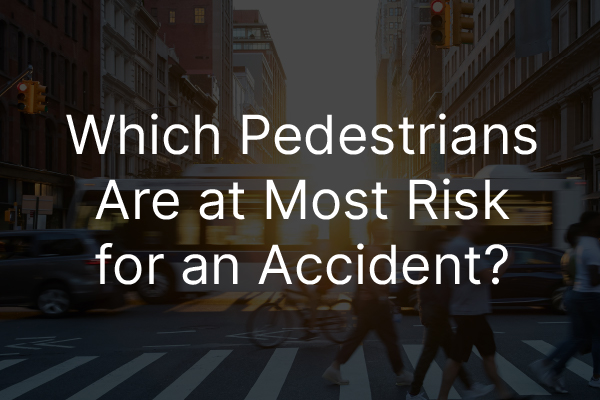
Pedestrian accidents are unfortunately more common than any of us would like to believe. While vehicles have been around for a while now, the frequency of pedestrian accidents has increased over the years, despite new laws being set in place to help protect pedestrians.
To put this issue into more perspective, the Texas Department of Transportation released a report in 2021 that stated there were 5,370 accidents involving a pedestrian in Texas. These accidents resulted in 843 deaths, a 15% increase from the previous year. Another 1,467 people were seriously injured by these accidents. This makes pedestrian accidents account for one in five of all traffic fatalities.
We must ask, then, why are the accident rates for pedestrians rising? What makes certain individuals more at risk for a pedestrian accident? And what can be done to protect all individuals on the road, whether they are walking or driving?
In this article, the dedicated team of pedestrian accident attorneys at the Hernandez Law Group, P.C. will be looking into these questions. Here is what our team has found:
Factors That Increase a Pedestrian’s Risk for an Accident
Several factors play into the rise in pedestrian accidents. Larger vehicles as well as drivers’ age, gender, and the decision to partake in recreational drugs or alcohol usage, all make an impact on pedestrian accidents. Here is a breakdown of these factors:
The Usage of Larger Vehicles
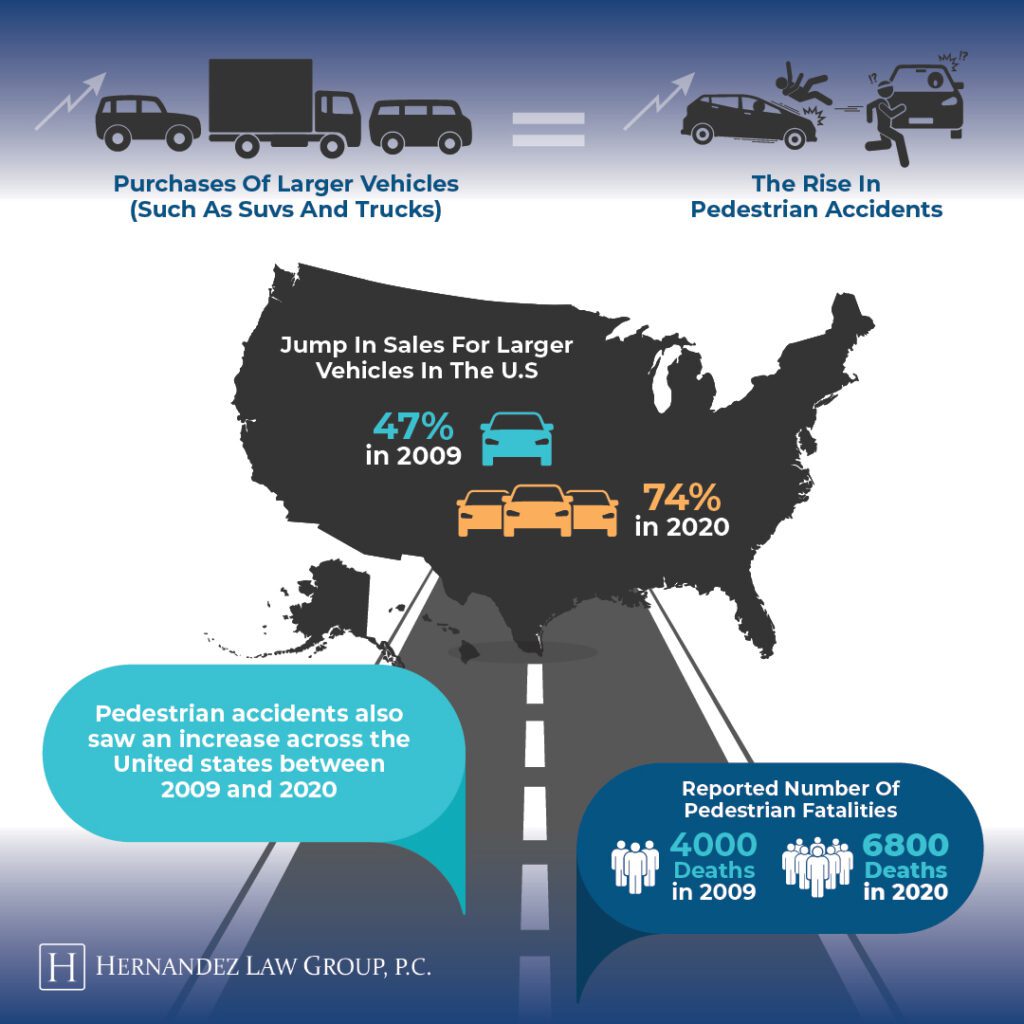
The Urban Institute did a study comparing the rise in purchases of larger vehicles, such as SUVs and trucks, and the rise in pedestrian accidents. According to their analysis of the data, there was a jump in sales of larger vehicles from 47% in 2009 to 74% in 2020 in the U.S. Along the same lines, pedestrian accidents also saw an increase across the United States between 2009 and 2020. These numbers were measured by the reported number of pedestrian fatalities, which were 4,000 in 2009 to up to 6,800 in 2020.
Why Is This Data Important?
Newer vehicles are sought after due to their advancements in safety technology, such as lane assistance, front and back-facing cameras, and sensors. These safety features help keep drivers safer on the road by alerting them to potential dangers.
However, the sheer size and power of larger vehicles, such as minivans and SUVs, makes them extremely dangerous for pedestrians. The contact point when being struck by an SUV is a lot higher than a sedan which makes the impact more dangerous to a more vulnerable part of the body, such as the internal organs. This also has a higher chance of causing the individual to be launched on impact, leading to injuries such as head trauma or spinal cord damage.
Being able to understand the danger that larger vehicles present to pedestrians can help drivers make better decisions when driving and keep them more aware on the road.
A Warmer Climate
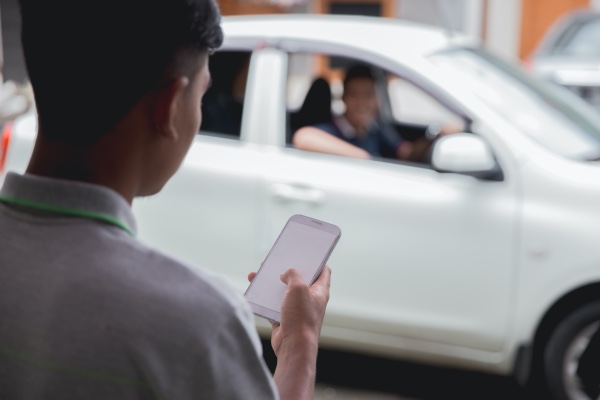
In warmer and sunnier climates like Texas, more pedestrians and cyclists take to the road. More people out and about plus more vehicles on the road is a recipe for disaster. Aggravating this further can be poor decision-making, such as having too many drinks at a concert or becoming reckless in traffic.
According to Westat, a data analysis research firm, the states of California, Florida, and Texas accounted for 38% of all pedestrian deaths, despite accounting for only 28% of the country’s population. Most of these deaths occurred in the spring and summertime, as warmer temperatures meant more people were going outside. All motorists should keep this in mind as they head out during the warmer times of the year and make sure to pay extra attention to the road. It is important that we share our roads with bicyclists, pedestrians, and motorcyclists to ensure the safety of our community.
Children
Individuals who are fourteen years or under account for a significant proportion of pedestrian accident deaths. Children face the highest risk of getting struck by a moving vehicle due to several factors, which include:
- Unfamiliarity with their surroundings or the road.
- A lack of understanding about road or vehicle safety.
- Inattention.
- Distractions.
- Unpredictable movements, such as darting out in the road.
- Road crossings near schools or at bus stops.
- Small stature making them less visible to drivers, especially those of larger vehicles.
Older Adults
Adults who are 65 years or older make up 20% of pedestrian fatalities. Older individuals do not move as fast as younger ones, have a much slower response time, and can be affected by certain medical conditions such as Alzheimer’s, which leave them confused and disoriented. The highest at-risk category is males 80 years and older.
Pedestrians Impaired By Drugs and Alcohol
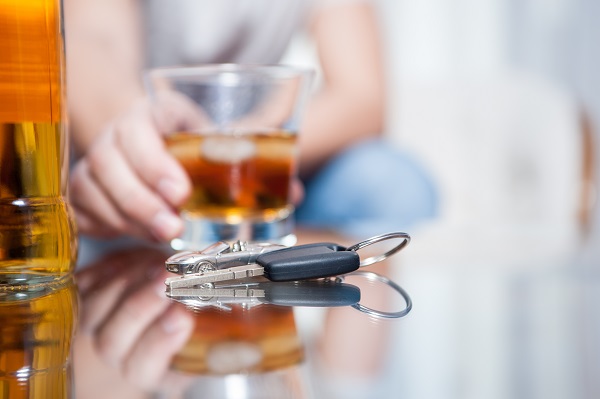
Individuals who are drunk or under the influence of recreational or illegal drugs are at a higher risk of an accident than those who are sober. Alcohol and drugs impair one’s judgment and decrease response time to changing conditions. Of all reported fatal pedestrian accidents, nearly half involve alcohol on either the part of the driver or the pedestrian. In some cases, both individuals were under the influence of a substance.
Where Are Pedestrians Most at Risk for Accidents?
Several environmental factors can contribute to the likelihood of a pedestrian getting into an accident. These statistics are based on the National Highway Traffic Safety Administration’s pedestrian Traffic Safety Facts report:
- 80% of all pedestrian accidents occur in urban areas with high traffic.
- 20% of pedestrian accidents happened in rural areas.
- The total number of pedestrian accidents in the United States was highest in Florida, California, and Texas.
- North Dakota, Wyoming, and Vermont have the lowest rates of pedestrian fatalities due to accidents.
Low-Income Neighborhoods
Lower-income communities have a significantly larger pedestrian population than other communities. According to a study done by the Journal of Transport and Land Use, between the years 2001 and 2016, 97% of “hot-spot” pedestrian accident sights included the following characteristics:
- Multi-lane roads that required pedestrians to cross over multiple lanes of traffic.
- Speed limits 30 mph or higher in nearly one-third.
- Traffic volumes exceeding 25,000 cars/motorcycles per day in 62%.
- Adjacent commercial retail or service land uses surrounded by low-income communities.
- Visibility partially blocked by billboards in 72%.
What Steps Can Be Taken to Avoid a Pedestrian Accident?
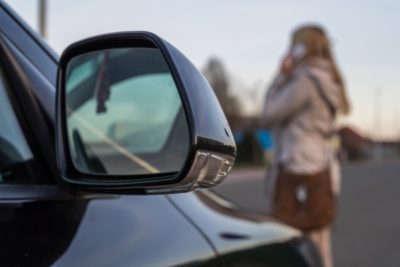
There are several actions that both pedestrians and drivers can take to ensure that the roads are safer for everyone.
Safety Tips for Pedestrians
- Follow the rules of the road, including obeying signs and signals.
- Walk on sidewalks whenever they are available.
- If there is no sidewalk, walk facing traffic and as far from the traffic as possible.
- Cross streets at crosswalks or intersections.
- Make sure to always look both ways before crossing the street.
- Cross at a well-lit area with the best view of traffic if a crosswalk intersection is not available.
- Watch for cars entering or exiting driveways, or backing up in parking lots.
- Do not drink alcohol or do drugs while walking.
Safety Tips for Drivers
- Look out for pedestrians at all times.
- Use caution when driving in hard-to-see conditions, such as inclement weather and nighttime.
- Slow down and be prepared to stop when approaching a crosswalk.
- Yield to pedestrians at all times.
- When stopping at a crosswalk to let a pedestrian pass, make sure to stop far enough back to give other vehicles the chance to see you so they can stop as well.
- Never pass vehicles stopped at a crosswalk as there may be individuals you can’t see.
- Do not drive under the influence of drugs or alcohol.
- Always pay attention to the road and put away all distractions, such as your cell phone.
- Follow the speed limit, especially around people on the street, in school zones, and neighborhoods.
- Be careful when backing up and always look for pedestrians.
What If I Have Been in a Pedestrian Accident?
If you or a loved one was involved in a pedestrian accident, you will want someone on your side to ensure that you get the compensation you deserve. We know that the insurance companies and defendant are going to try and shift either full or partial blame on you or pressure you into accepting less than what you deserve. Don’t let them!
The attorneys at the Hernandez Law Group, P.C. can help you get the compensation you deserve by being your advocate. We fight hard for your right to fair compensation by gathering the evidence needed to show the negligence of the liable party. We have many successful cases under our belts across the DFW, Abilene, and Amarillo areas. Contact our team today for more information on our services or to schedule an appointment for your free no-obligation consultation to go over your case.
Additional FAQS
What Are the Odds of Getting Hit By Car While Walking?
The odds of getting struck by a car in the United States are about 1 in 4,292 according to information from the Centers for Disease Control.
Do Pedestrians Always Have the Right of Way in Texas?
No, there are instances where a pedestrian has to yield the right of way to vehicles. These include instances when a pedestrian is crossing between intersections.
Who Is at Fault If You Hit a Jaywalker in Texas?
Typically, both parties will be partially responsible for an accident in the case of a jaywalker. The driver of the car has a responsibility to stop for the pedestrian and the pedestrian has the responsibility to cross the road at legally designated areas, such as a crosswalk.
